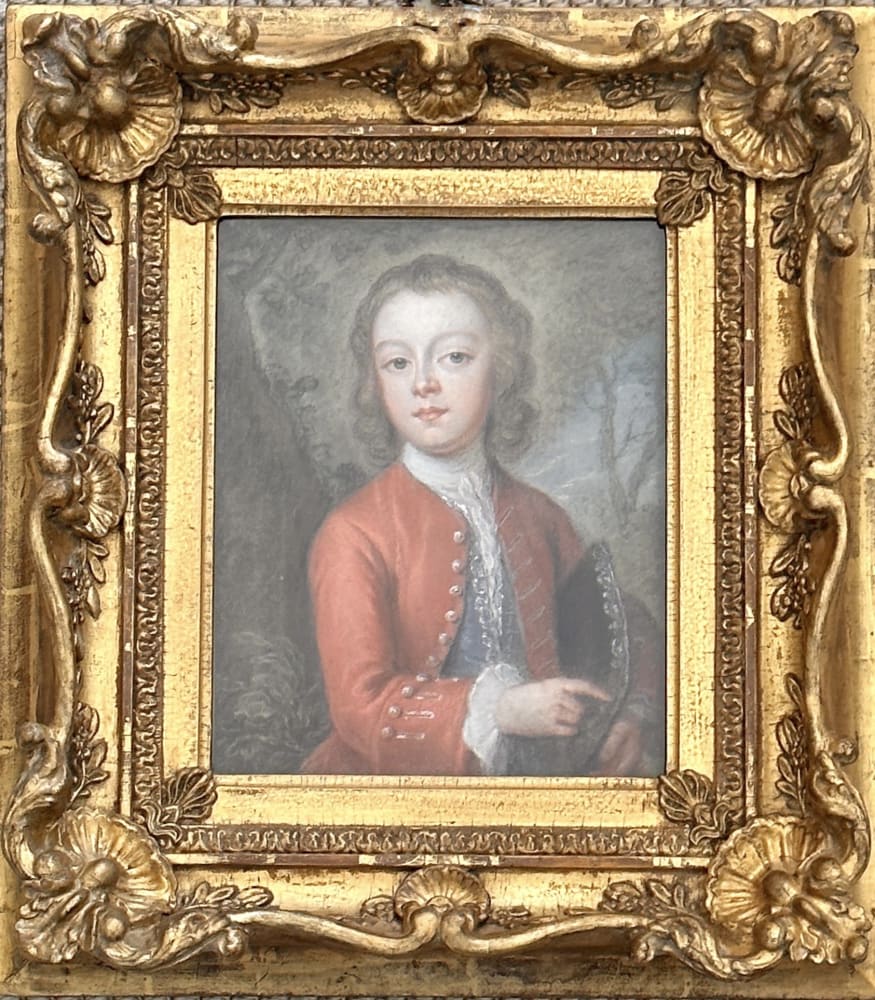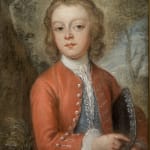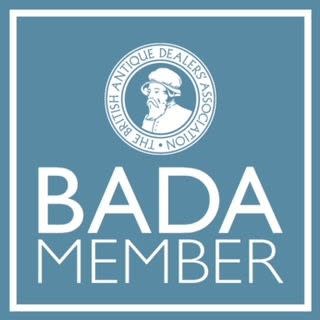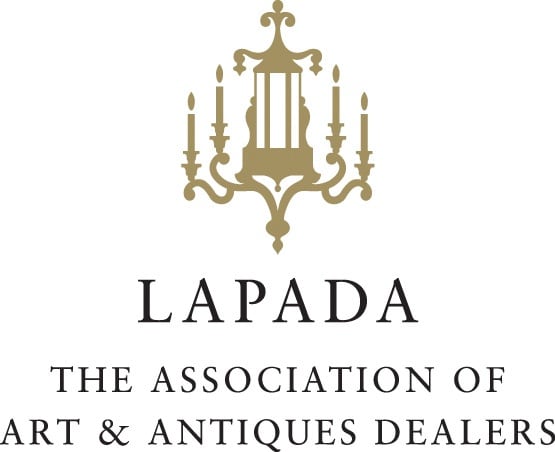Circle of Arthur Pond (1710-1758)
Provenance
Descendants of the Pulteney family, BathLiterature
Martin Postle, 'Arthur Pond, Doddington and the patronage of the Delavals', Art and the Country House, 20 November 2020
Neil Jeffares, 'Dictionary of pastellists before 1800', online edition.
This little jewel of a pastel of a young boy in his smart red jacket and silver trimmed waistcoat is by an artist working in the circle of Arthur Pond and dates to circa 1740. It came from a family collection with connections to the famous Pulteney family of Bath in Somerset.
There were many portrait artists working in pastel in Bath in the 18th century but the fine quality suggests that this work could possibly be by a pupil of Pond’s, such as the female pastellist Rhoda Delaval.
Arthur Pond (1701-1758) was a painter, engraver, print-seller, dealer and collector. he was baptized on 2 August 1701 in the parish church of St Magnus the Martyr, London. He was the oldest surviving son of John Pond (d. 1749), a wealthy surgeon of London Bridge, and his wife, Mary Marshall. His artistic education may have begun under the portrait painter John Vanderbank, whose name appears near Pond's in the first subscription list of the St Martin's Lane Academy, founded in 1720. There Pond must have met William Hogarth and the painter George Knapton, probable source of a crucial introduction to Jonathan Richardson senior, portrait painter, author, and art theorist, whose books were published by John and Paul Knapton. Pond's subsequent career in the world of art, letters, and learning might be considered a realization of Richardson's visions of the learned artist, the gentlemanly connoisseur, and the revival of Italian artistic greatness in England. In 1725 Pond visited Italy in the company of the scholar Daniel Wray and John Dyer, painter and poet, and returned to England in 1727. The prestige of his Roman experience gave Pond access to important British art patrons, and his main successes occurred with pastel portraits influenced by the Venetian artist Rosalba Carriera and the Swiss Jean-Étienne Liotard. He became one of the first pastellists to become fashionable in England.
Pond was also an astute collector and dealer in old master paintings and drawings and had prints made of many these works which he then sold.
Pastels were a popular medium favoured by fashionable young female artists who sought to emulate professional portrait artists such as Pond or his colleague George Knapton. As well as providing tuition, the lessons provided Pond with an opportunity to demonstrate his skills which would open up new avenues for patronage. Pond's earliest mention of his pupil Rhoda Delaval was in February 1744 when he entered the sum of four guineas in his journal 'for Miss Delaval a month's learning'. Pond was in his early forties and Rhoda in her teens. The tuition continued until 1750, by which time Rhoda was portrait painting independently. In 1751 Rhoda married Sir Edward Astley of Melton Constable Hall in Norfolk and of 11 Downing Street in London.






